A contest among local tobacco control programs and community tobacco control advocates in California was held during May of 2016. The contest provided an opportunity for local projects to share their efforts in promoting the California Smokers' Helpline. Twenty-two entries were submitted by projects throughout California to showcase the creative and thoughtful ways that tobacco control advocates are promoting the Helpline in local communities. While all entries were excellent, and the competition was tough, the California Tobacco Control Program is pleased to announce the winners of the contest in the following four categories.
Congratulations to all the 2016 Awards for Excellence in California Helpline Promotion winners and thank you to all tobacco control advocates who submitted their work. The California Tobacco Control Program encourages local and statewide projects to continue their efforts to promote the California Smokers’ Helpline and reduce tobacco use in your community. Contact information is listed for each winning entry if you would like more information.
Please contact Kristin Harms at the California Smokers' Helpline at (858) 300-1011 or kharms@ucsd.edu if you would like to plan and implement a Helpline promotional campaign in your community.
Best Print Project
Sutter County Community Marketing Campaign
Category includes brochures, flyers, posters, and signage
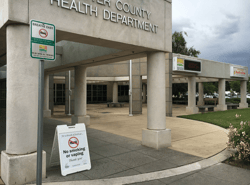 Since June of 2015, A-frame signage has been used to promote tobacco-free environments and workspaces throughout Sutter County and the surrounding community.
Since June of 2015, A-frame signage has been used to promote tobacco-free environments and workspaces throughout Sutter County and the surrounding community.
In January of 2016, the county tobacco control program purchased additional signs to meet increasing demand from local agencies to display messaging at their location.
Furthermore, several agencies including the City of Yuba City ordered personalized A-frame signage for their sites and events using the Sutter County template and adding their own logo. A total of 16 signs have been distributed throughout the community at various locations and community events to promote tobacco-free community messaging.
For more information on this campaign, contact Kara Gash at Sutter County Health and Human Services at KGash@co.sutter.ca.us or (530) 822-7215 ext. 276
Best Internet & New Media Project
California Youth Advocacy Network,
Facebook Ad: Every Day is a Great Day to Quit Tobacco
Category includes websites, social media, web-based training, and web banners
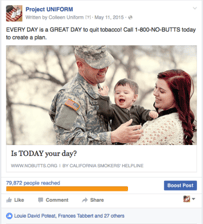 This Facebook ad was part of a larger web-based campaign aimed at encouraging US Military service members and veterans to quit tobacco. This ad was one of six, and it was the best performing message of the set.
This Facebook ad was part of a larger web-based campaign aimed at encouraging US Military service members and veterans to quit tobacco. This ad was one of six, and it was the best performing message of the set.
The message was displayed via a Facebook ad to service members in California. In total, over a period of one and a half months, the ad was viewed by 97,542 individuals, and it generated 3,233 clicks to the California Smokers’ Helpline website.
For more information on this campaign, contact Kim Homer Vagadori at the California Youth Advocacy Network at kim@cyanonline.org or (916) 339-3424 ext. 22
Best Audio/Video Project
United Indian Health Services,
Ask, Advise, Refer - Show that You Care Presentation Kit
Category includes audio/visual ads, and special projects or community presentations
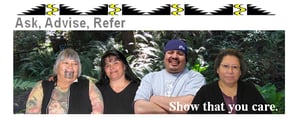 The Native Tobacco Project created a presentation and associated handouts and materials for tobacco cessation education with American Indian community agencies and community agencies serving the American Indian population.
The Native Tobacco Project created a presentation and associated handouts and materials for tobacco cessation education with American Indian community agencies and community agencies serving the American Indian population.
This presentation kit is tailored to promote Ask, Advise, Refer and encourage promotion of the California Smokers’ Helpline. Extensive collaboration between the Native Tobacco Project, Del Norte County and Humboldt County tobacco programs resulted in this special community presentation project.
For more information on this presentation kit, contact Nick Corcovelos at United Indian Health Service at Nicholas.Corcovelos@CRIHB.org or (707) 464-8218.
Best Media Relations Project
UC Quits, Press Release
Category includes news releases, op/eds, media kits, and e-blasts
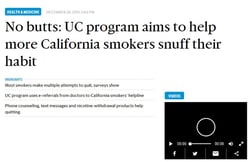 A press release was issued by the University of California (UC) Davis to describe the UC Quits project that highlighted the Helpline eReferral. The goal was to educate the general public about how the 5 UC medical centers were connecting to the California Smokers’ Helpline through electronic health records system.
A press release was issued by the University of California (UC) Davis to describe the UC Quits project that highlighted the Helpline eReferral. The goal was to educate the general public about how the 5 UC medical centers were connecting to the California Smokers’ Helpline through electronic health records system.
The press release resulted in approximately 500 online hits per GoogleAlert, and was picked up by several publications including the Sacramento Bee.
For more information on this press release, contact Cindy Vela at Cynthia.Vela@dhcs.ca.gov or (916) 703-5654.
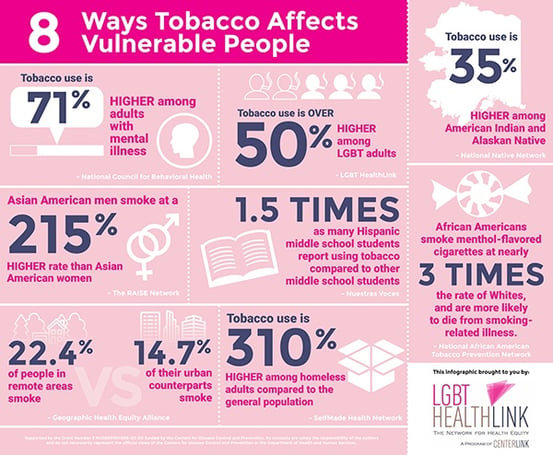
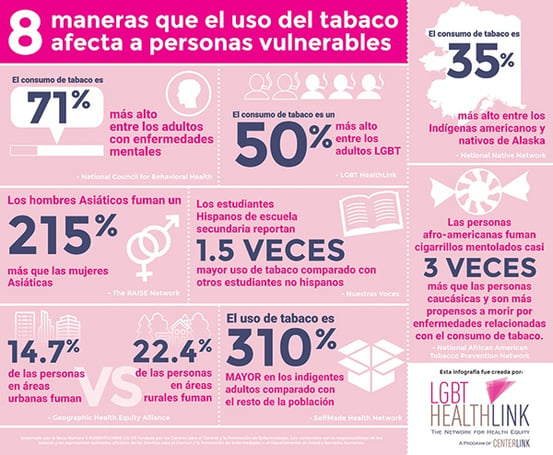






 The
The 



 Carsten Baumann, MA serves as the Manager of the Early Childhood Evaluation Unit and the Manager of External Evaluations at the Colorado Department of Public Health and Environment (CDPHE) and operates his own evaluation consultancy. Carsten possesses more than twenty-five years experience in applied social science research.
Carsten Baumann, MA serves as the Manager of the Early Childhood Evaluation Unit and the Manager of External Evaluations at the Colorado Department of Public Health and Environment (CDPHE) and operates his own evaluation consultancy. Carsten possesses more than twenty-five years experience in applied social science research. The
The 
 Dr. Piper is a licensed clinical psychologist and the Associate Director of Research at UW-Center for Tobacco Research and Intervention and an Assistant Professor in the University of Wisconsin Department of Medicine. Her research focuses on understanding and treating tobacco dependence, with an additional interest in different populations of smokers who have more difficulty quitting, such as women and smokers with mental illness. Dr. Piper began her research on tobacco treatment in 1999 when she collaborated on the Public Health Service Guideline: Treating Tobacco Use and Dependence that was published in 2000. She then served as the Project Scientist for the 2008 PHS Guideline update. In 2014 she received the Russell-Jarvik Young Investigator Award for her contributions to the field from the Society for Research on Nicotine and Tobacco.
Dr. Piper is a licensed clinical psychologist and the Associate Director of Research at UW-Center for Tobacco Research and Intervention and an Assistant Professor in the University of Wisconsin Department of Medicine. Her research focuses on understanding and treating tobacco dependence, with an additional interest in different populations of smokers who have more difficulty quitting, such as women and smokers with mental illness. Dr. Piper began her research on tobacco treatment in 1999 when she collaborated on the Public Health Service Guideline: Treating Tobacco Use and Dependence that was published in 2000. She then served as the Project Scientist for the 2008 PHS Guideline update. In 2014 she received the Russell-Jarvik Young Investigator Award for her contributions to the field from the Society for Research on Nicotine and Tobacco. Abstract
Abstract In addition to our free
In addition to our free 
 Since June of 2015, A-frame signage has been used to promote tobacco-free environments and workspaces throughout Sutter County and the surrounding community.
Since June of 2015, A-frame signage has been used to promote tobacco-free environments and workspaces throughout Sutter County and the surrounding community.  This Facebook ad was part of a larger web-based campaign aimed at encouraging US Military service members and veterans to quit tobacco. This ad was one of six, and it was the best performing message of the set.
This Facebook ad was part of a larger web-based campaign aimed at encouraging US Military service members and veterans to quit tobacco. This ad was one of six, and it was the best performing message of the set. The Native Tobacco Project created a presentation and associated handouts and materials for tobacco cessation education with American Indian community agencies and community agencies serving the American Indian population.
The Native Tobacco Project created a presentation and associated handouts and materials for tobacco cessation education with American Indian community agencies and community agencies serving the American Indian population. A press release was issued by the University of California (UC) Davis to describe the UC Quits project that highlighted the Helpline eReferral. The goal was to educate the general public about how the 5 UC medical centers were connecting to the California Smokers’ Helpline through electronic health records system.
A press release was issued by the University of California (UC) Davis to describe the UC Quits project that highlighted the Helpline eReferral. The goal was to educate the general public about how the 5 UC medical centers were connecting to the California Smokers’ Helpline through electronic health records system. 

 The
The 